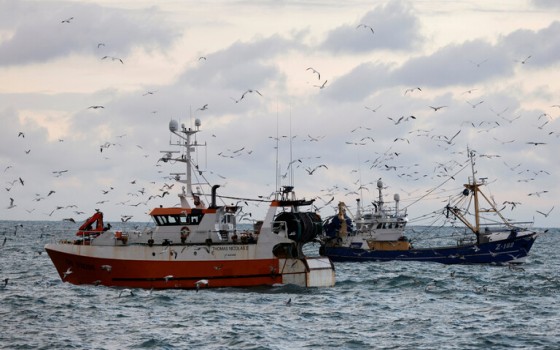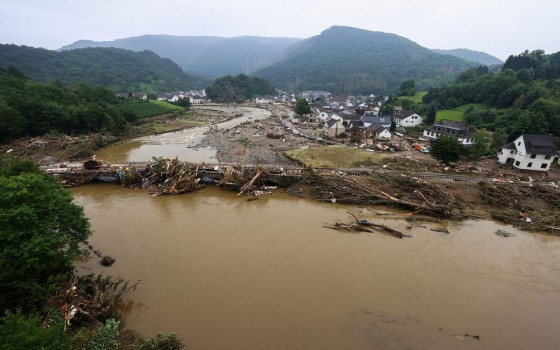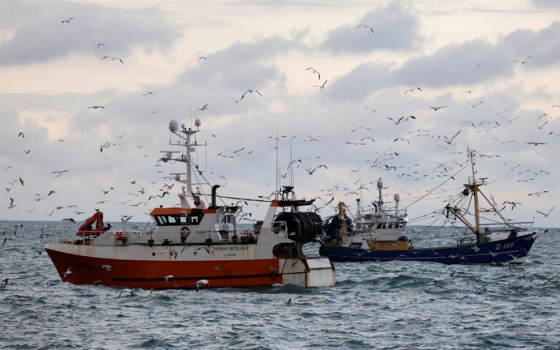
An international warning about the slowdown in financing adaptation to climate change

- Europe and Arabs
- Friday , 3 November 2023 11:8 AM GMT
New York: Europe and the Arabs
Progress on climate adaptation is slowing on all fronts at a time when it should be accelerating to keep pace with the impacts and risks of increasing climate change, the United Nations Environment Program said.
This came in a report issued by the program yesterday, Thursday, about the lack of funding and insufficient investment and planning in the field of climate adaptation. The report comes ahead of the United Nations Climate Conference (COP28) scheduled in the UAE city of Dubai at the end of this month.
The program explained - in a press release - that the report showed that financing needs for climate change adaptation in developing countries are between 10 and 18 times greater than international public financing flows, that is, 50 percent higher than the previous estimated range.
The report estimated the climate adaptation financing gap at between US$194 and US$366 billion annually, as a result of increasing adaptation financing needs and faltering financing flows.
Increasing effects
Executive Director of the United Nations Environment Programme, Inger Andersen, said that climate change has once again become more destructive and deadly in 2023, as storms, floods, heat waves and forest fires have caused devastation and damage.
She added that these increasing impacts “tell us that the world must urgently reduce greenhouse gas emissions and increase adaptation efforts to protect vulnerable populations. But neither is happening.”
She warned that even if the world stopped emitting all greenhouse gases today, “climate disruption would take decades to disappear.”
She urged policymakers to pay attention to the Climate Adaptation Gap report, increase financing, and make COP28 “the moment when the world fully commits to protecting low-income countries and disadvantaged groups from harmful climate impacts.”
A worrying precedent
The UNEP report found that funds needed for adaptation in developing countries fall in a range between $215 billion and $387 billion annually.
Despite these needs, the report showed that public multilateral and bilateral adaptation finance flows to developing countries declined by 15 percent to reach US$21 billion in 2021.
The UN program said that the decline sets a worrying precedent, and comes despite a pledge during the Climate Conference in Glasgow (COP26) to provide about $40 billion annually to support adaptation financing by 2025.
Ways to increase financing
The report identified seven ways to increase financing, including what could be done through domestic spending, international financing, and private sector financing.
Additional avenues include fiscal transfers, increased financing and allocation to small and medium-sized enterprises, implementation of Article 2.1(c) of the Paris Agreement on shifting financial flows towards low-carbon and climate-resilient development paths, and reform of the global financial architecture.
The report also noted that the new Loss and Damage Fund will be an important tool for mobilizing resources, but problems remain, adding that the fund will need to move towards more innovative financing mechanisms to reach the necessary scale of investment.












No Comments Found